Towards a future of printable cars
SINGAPORE — In the future, we might live in a world where everything could come out of a printer, from car parts to knee replacements and chocolate cake. Welcome to the world of 3D printing, known in industry parlance as 3D additive manufacturing (AM).
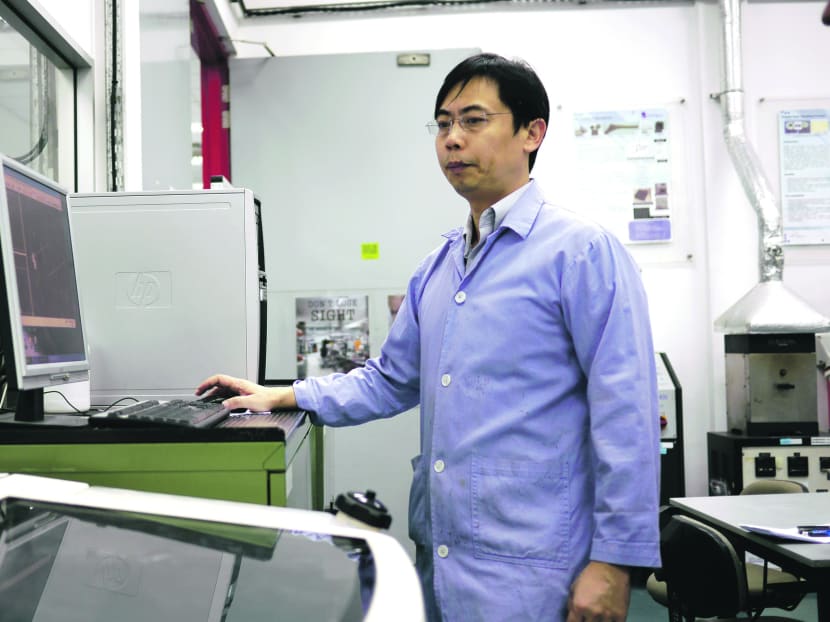

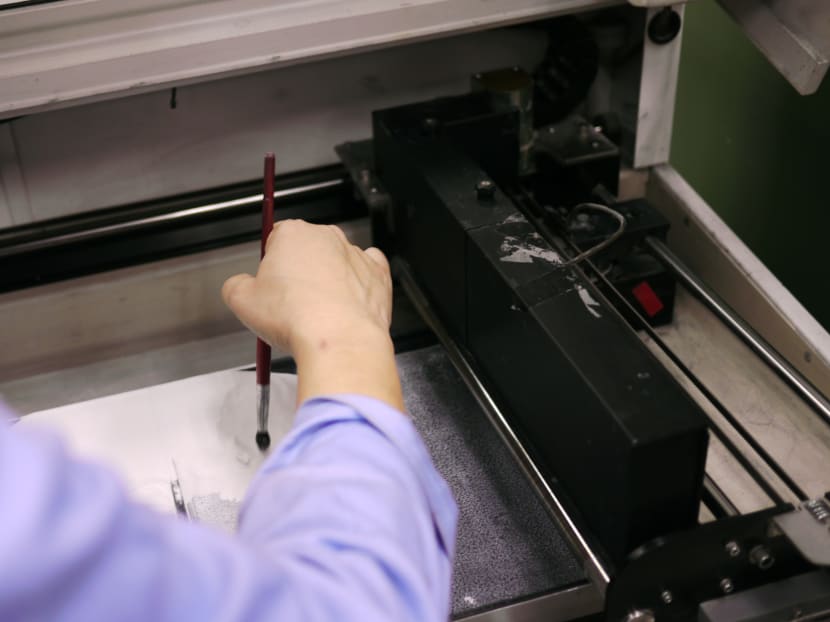
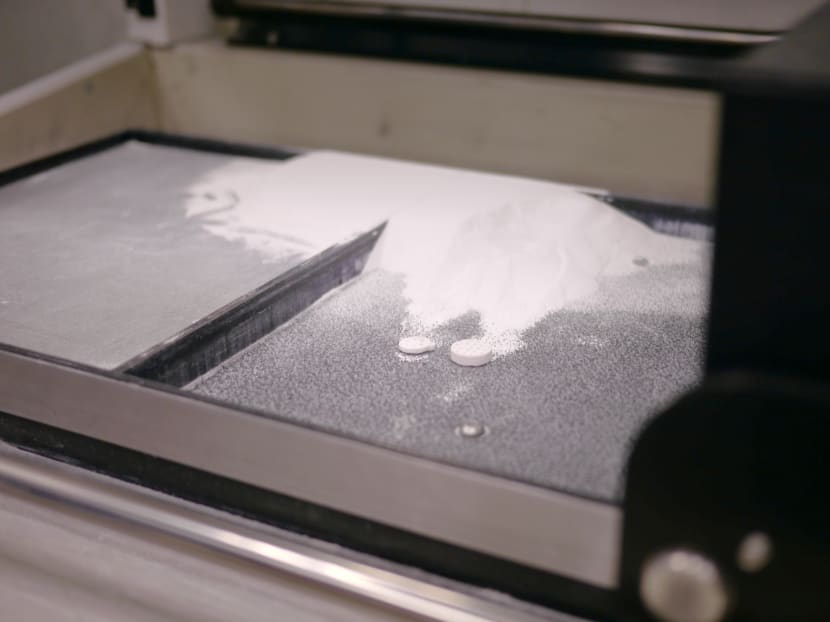
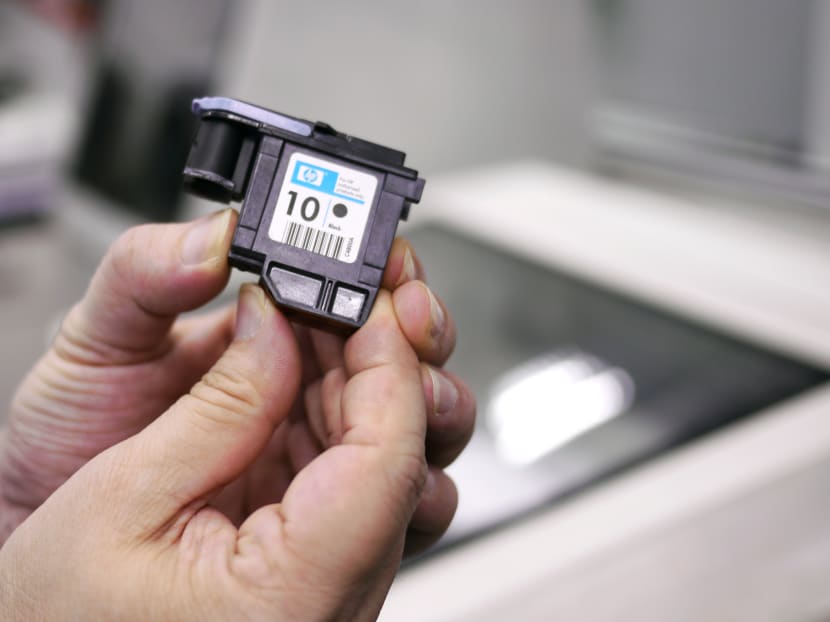
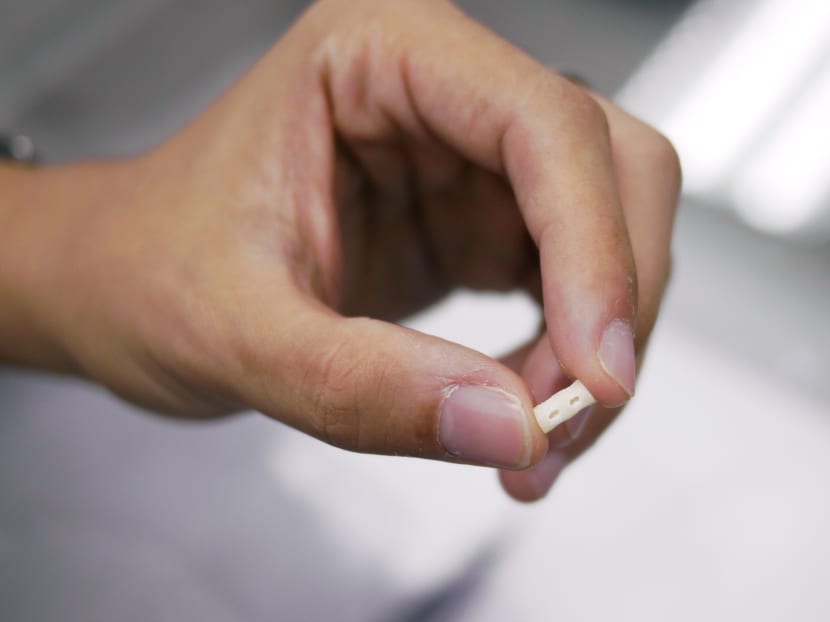
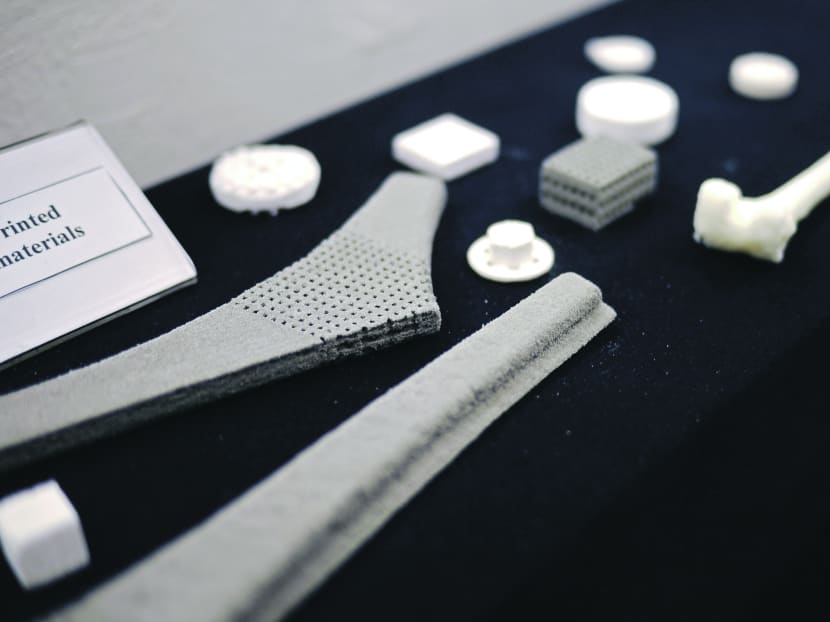
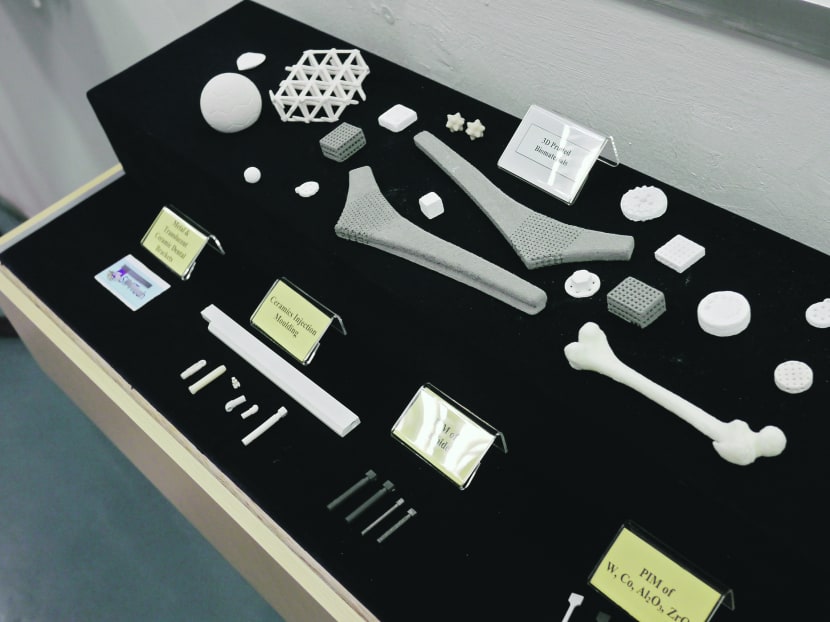
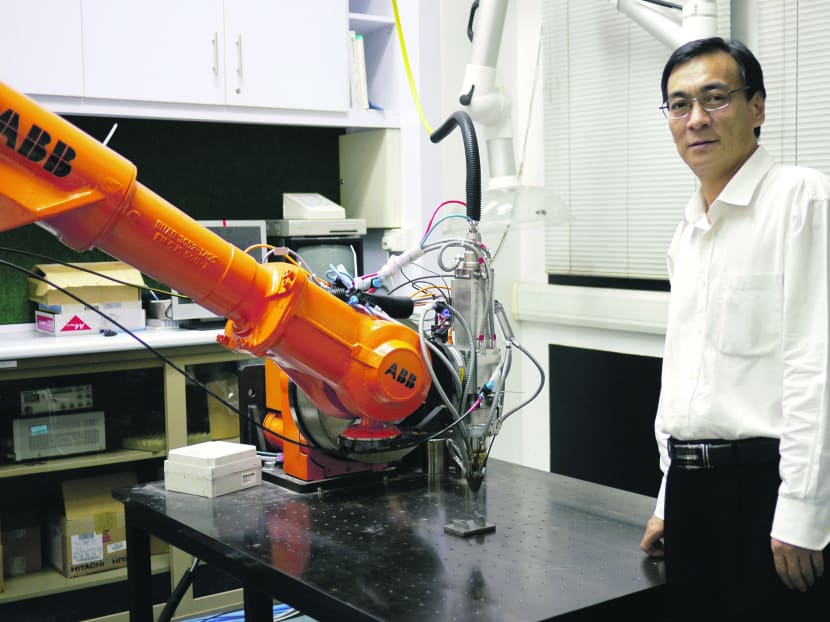
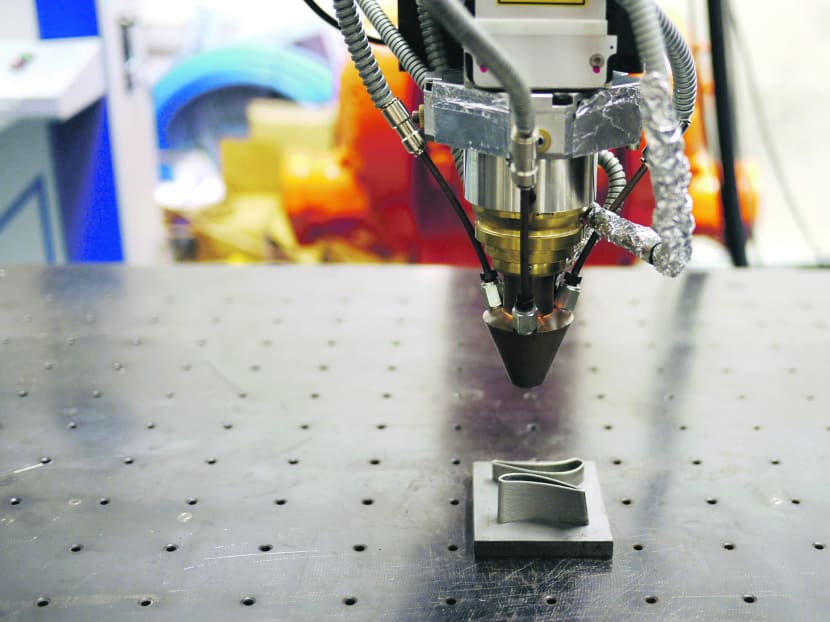
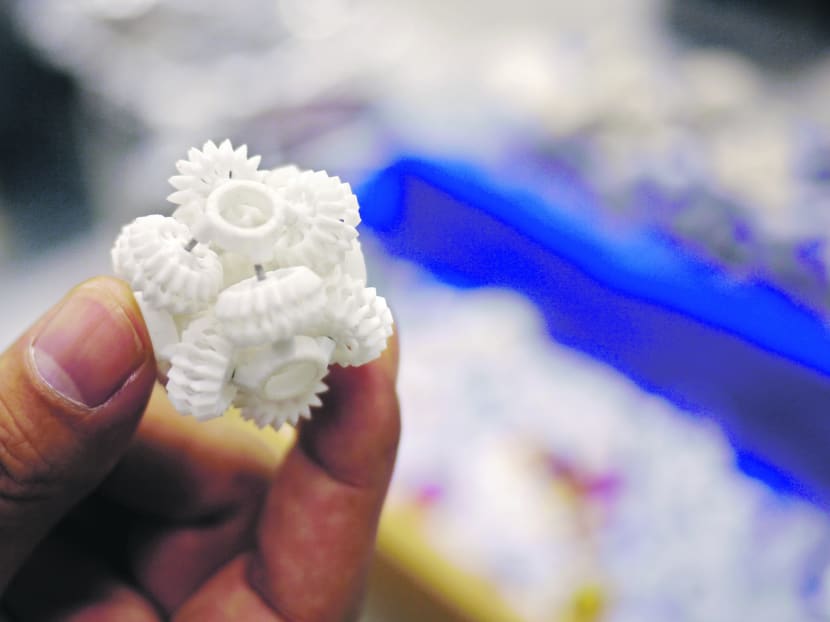
SINGAPORE — In the future, we might live in a world where everything could come out of a printer, from car parts to knee replacements and chocolate cake. Welcome to the world of 3D printing, known in industry parlance as 3D additive manufacturing (AM).
Prime Minister Lee Hsien Loong made a reference to the growing industry in his National Day Rally last week, where he talked about the future of manufacturing here. He said: “We have 3D printing, a machine which can print spare parts, print models, print toys, print pistols, print body parts, organs; print things which can make a difference to our lives.”
To a layperson, this might all sound a bit too Star Trek, but this is reality. “It’s still at an early stage,” said Dr Wei Jun of the Singapore Institute of Manufacturing Technology (SIMTech). “But I think this is really the blue ocean, this is really disruptive technology.”
SIMTech and local biotech company Bio-Scaffold International (BSI) have already developed a futuristic tooth implant made of biopolymer that encourages the growth of new bone, then dissolves after a while. The basic shape of the implant comes out of a machine that closely resembles a three-in-one office printer, down to a recognisable printhead. It even uses modified HP ink cartridges.
Dr Wei is the group manager of SIMTech’s Joining Technology group, which hosts a dozen researchers driving Singapore’s fledgling 3D AM research industry. With partners in the aerospace, marine, oil and gas, and biomed industries, the researchers are developing ways to print parts for aeroplane engines, shipyards and, yes, human beings.
The principle of 3D AM is simple: It involves putting down material layer by layer, based on a 3D computer model. In contrast, traditional manufacturing methods involve cutting material out of blocks, or casting moulds in which material can be injected — so-called “subtractive manufacturing”.
3D AM can refer to any of various printing processes, and the decision of which to employ depends on the materials used and the application of the final product.
In laser additive manufacturing, for example, powdered metal is blown from a nozzle and fused into solid shapes with a laser. In another example, inkjet-head 3D printing consists of spraying a binding substance on layer after layer of the powdered material, which could be ceramic, plastic or metal. After the shape is completed, the loose powder is brushed off and the binding substance washed away, while the shape is fused into place. Because the binding substance is removed, the resulting material is porous, which is useful for certain applications such as bone implants.
No matter what the printing process is, 3D AM technologies share similar advantages over traditional manufacturing. There are no geometrical limitations — if it can be imagined in 3D, it can be printed. That makes it easier to manufacture objects with fine details, or objects that are difficult to make using traditional methods, such as a ball within a hollow ball, or interlocking parts.
Unlike traditional manufacturing, there is no need to create moulds or manufacturing dies, so it is more cost-effective for small batches of products.
Because each item is individually printed, 3D AM is highly customisable — a particularly useful trait in biotechnology. BSI and SIMTech are working on bone-replacing scaffolds made of porous titanium, which can be custom-printed to match the shape of a patient’s real bones exactly.
And, because there is no wastage from cutting away materials, 3D AM is environmentally-friendly. Material not used during the manufacturing process can be recycled. In fact, 3D AM can be used to repair worn-out engine parts by printing material onto the areas of wear, so the whole component does not need to be replaced.
But what kinds of material can be used in 3D AM? Plenty, said Dr Wei. “In principle, as long as materials are available in powder form or liquid, you can print it,” he said. He cited the food industry, where there have been experiments with printing chocolate cake — putting the cake dough into the printer and baking the cake layer by layer with infrared light.
There are drawbacks, of course. Compared to traditional manufacturing, 3D printing is a slow process — just like a layer cake takes longer to bake than a normal cake. This makes 3D AM less feasible for mass manufacturing, particularly if the parts being manufactured are geometrically simpler or are voluminous (thick walls, solid shapes). And because the technology is still in its infancy, there are no industry standards for it yet.
Still, the 3D AM industry is important to Singapore’s future, said Dr Wei.
“3D printing will not totally replace traditional manufacturing. It is a complementary manufacturing technology,” said Dr Wei, who then compared 3D AM and traditional manufacturing to a runner’s legs, adding: “If Singapore doesn’t have 3D printing, we will have only one leg. Then, who will run faster?”
It is hard to say what the technology will be like in 50 years. “The first transistors came out in the 1930s. At that time, they were so clumsy, so big. At that time, who could imagine that electronics would become the products today? With so many people interested in 3D AM, I believe the technology will advance very fast,” said Dr Wei.
And, who knows, we might be printing our own cake and eating it too.







